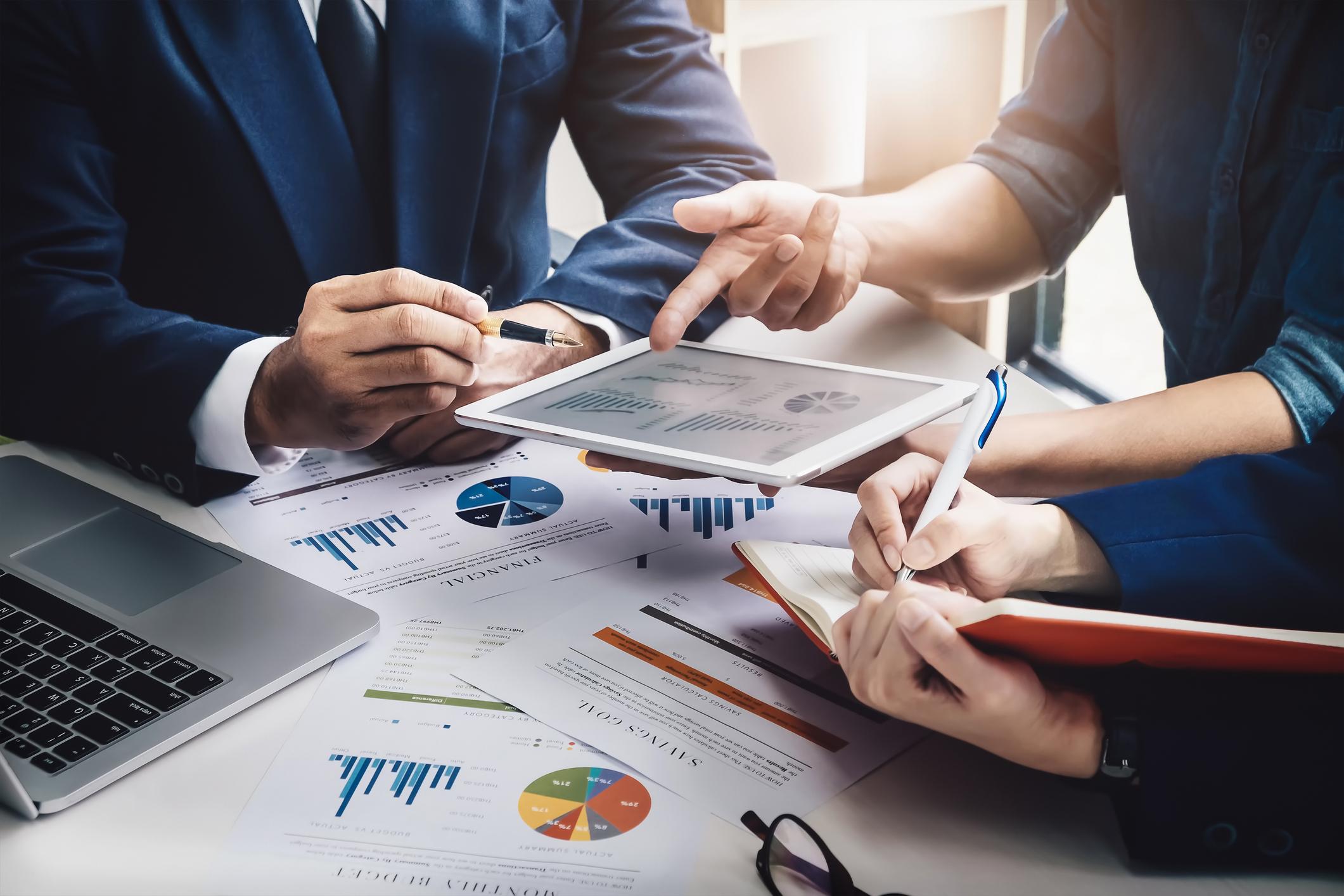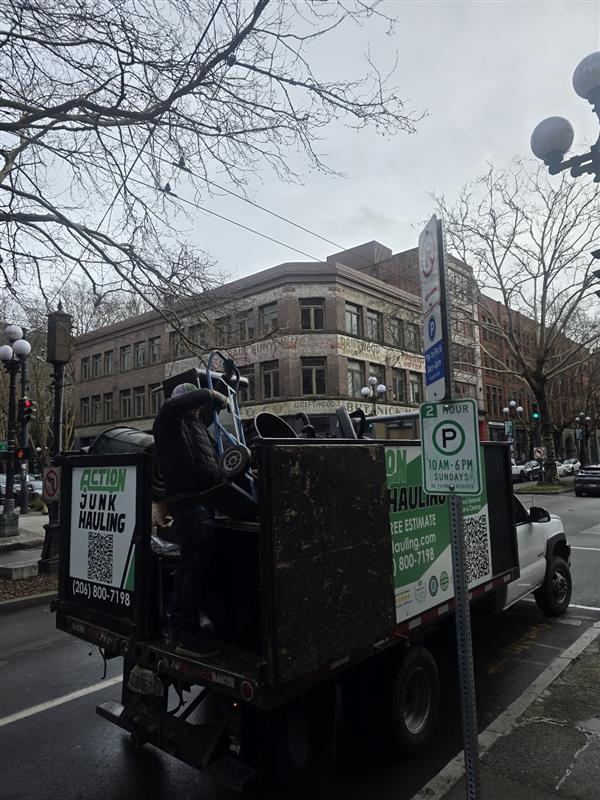Before embarking on your search for second-hand plant equipment, thoroughly research the specific equipment you require. Consider the size of your garden or project, the type of tasks you need to perform, and any specific features or capabilities you desire. By understanding your needs, you can focus your search and avoid unnecessary purchases.
In the world of gardening and landscaping, acquiring plant equipment can be a significant investment. For those looking to save money without compromising quality, buying second-hand plant equipment is a viable option. This article aims to provide valuable insights and tips to consider when purchasing used plant equipment, ensuring a smart and successful investment.
Environmental Sustainability
Purchasing second-hand plant equipment contributes to environmental sustainability by promoting the reuse and recycling of machinery. Rather than letting equipment go to waste, the second-hand market allows it to find new owners and continue its useful life. This reduces the need for manufacturing new machinery, conserves resources, and minimizes the environmental impact associated with production processes.
Source Reputable Sellers
When purchasing second-hand plant equipment, it is crucial to find reputable sellers. Look for well-established dealers, reliable online marketplaces, or local classified ads. Reputable sellers often provide detailed information about the equipment’s condition, maintenance history, and any known issues. Seek out customer reviews and testimonials to gauge the seller’s credibility and ensure a positive buying experience.

Inspect the Equipment
Before finalizing a purchase, thoroughly inspect the used plant equipment to assess its condition. Look for signs of wear and tear, rust, or any visible damages. Pay special attention to critical components such as engines, blades, belts, and hydraulic systems. If possible, test the equipment to ensure it is in working order and meets your requirements. If you lack expertise, consider bringing along a knowledgeable friend or hiring a professional inspector to evaluate the equipment’s condition.
Consider Maintenance and Availability of Parts
Evaluate the availability of spare parts and the ease of maintenance for the particular brand and model of plant equipment you are considering. Spare parts availability is essential for future repairs and replacements. Research the reputation of the manufacturer and their customer support. Choosing equipment with a wide availability of parts and a strong support network can save you time and money in the long run.
Negotiate and Verify Ownership
When buying second-hand equipment, don’t be afraid to negotiate the price with the seller. Gather market information on similar equipment to help you determine a fair value. Additionally, ensure that the seller has legal ownership of the equipment by requesting relevant documentation such as proof of purchase or transfer of ownership.
Buying second hand equipment australia can be a cost-effective solution for gardening and landscaping enthusiasts. By conducting thorough research, sourcing reputable sellers, inspecting the equipment, considering maintenance requirements and part availability, and negotiating the price, you can make an informed purchase and find reliable used equipment that meets your needs. Happy gardening and happy shopping!















